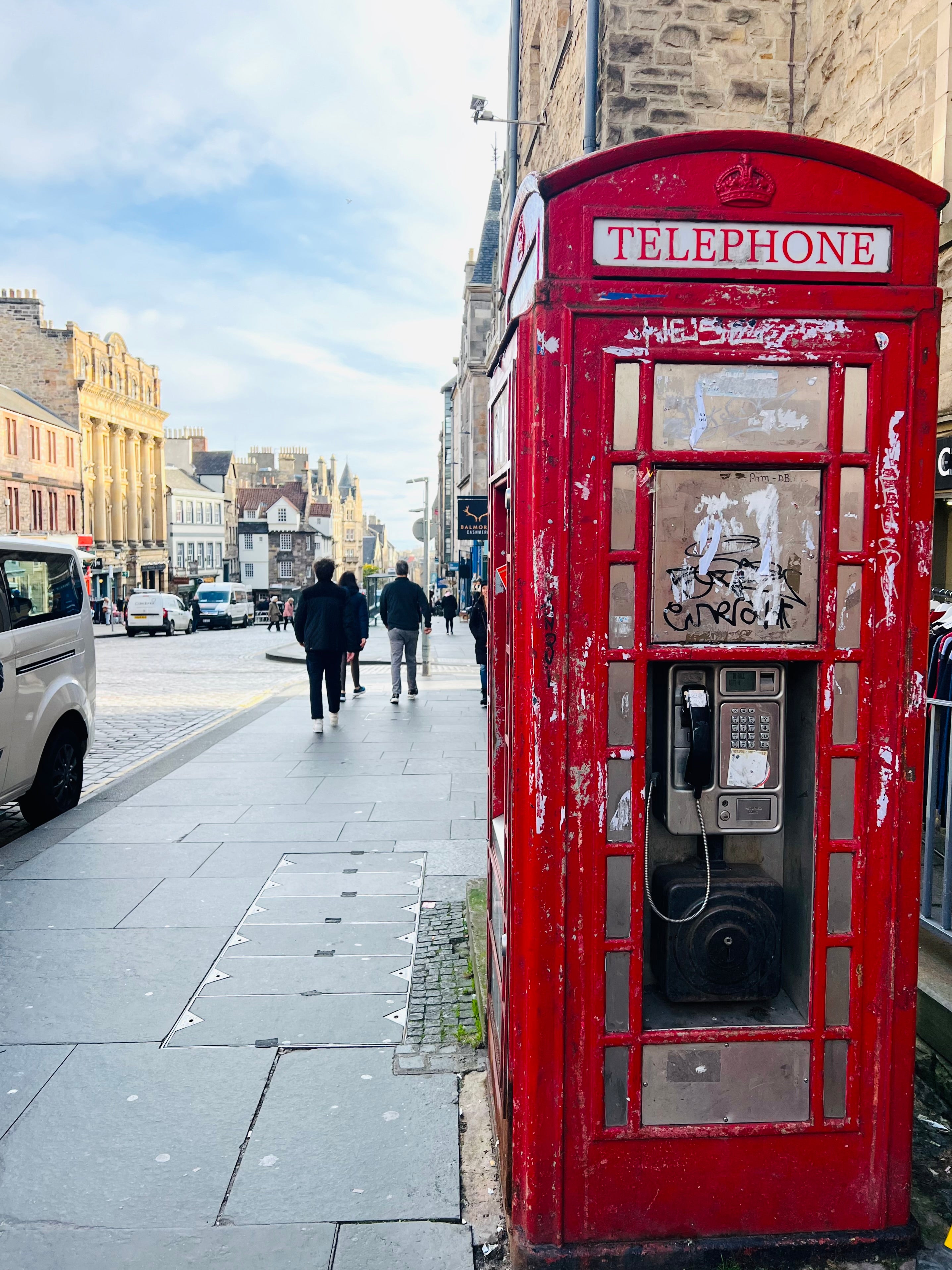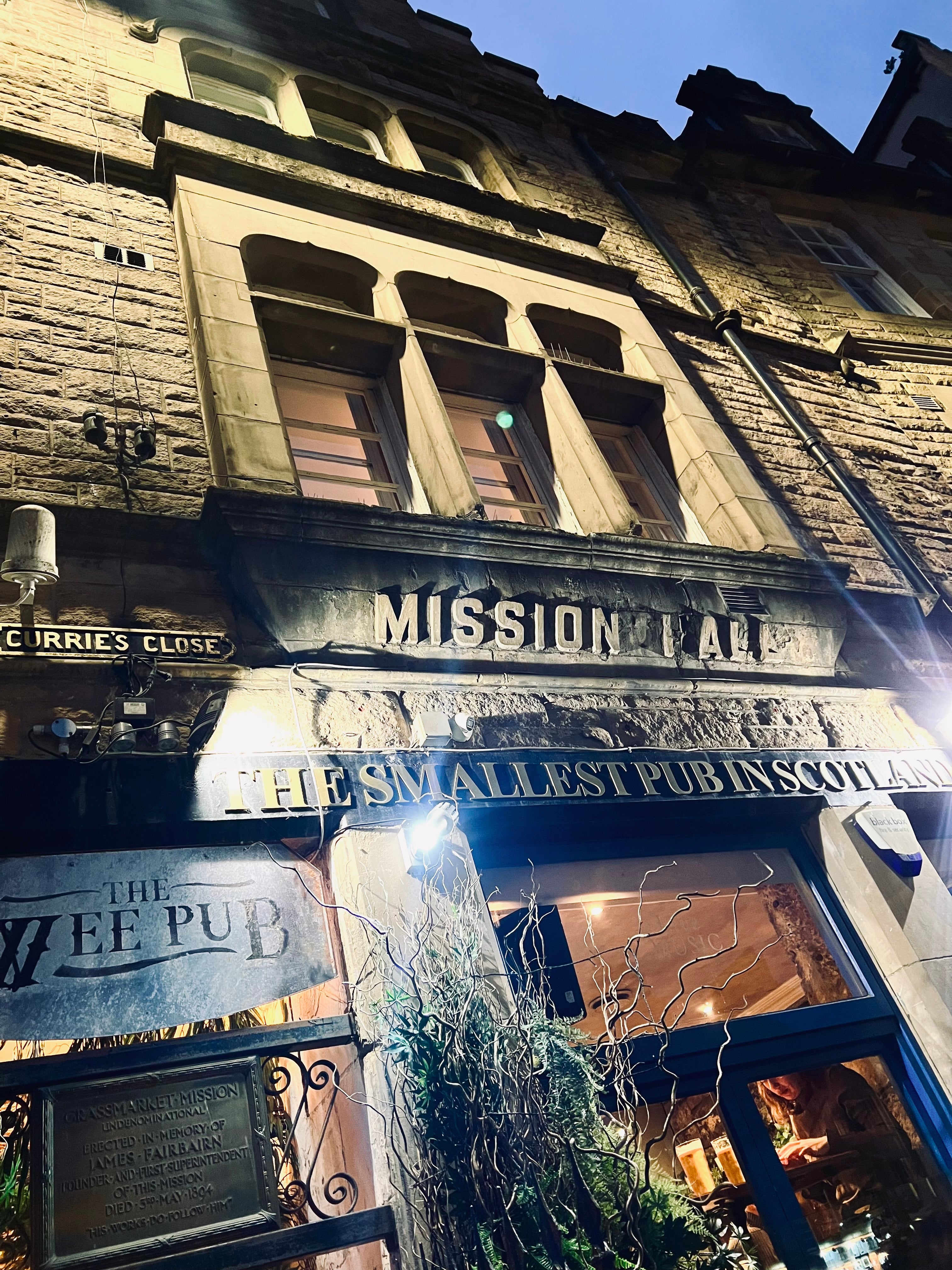
Scottish Tartan
A Journey through Edinburghs Woven Legacy: The Art of Tartan.
The train curved north through rolling lowlands. As Edinburgh’s skyline emerged, crowned by the jagged silhouette of the castle, there's a sense of stepping into a city stitched together by history.
Wandering through Old Town, there's a rhythm of centuries beneath the feet, clatters of carriage wheels across cobbled stones. Vivid tartan threads adorned the shop windows which are then woven into everyday life.
Scotland’s capital is a journey into the legacy of tartan: not just as a pattern, but stories told through warp and weft, colour and clan, craft and culture.
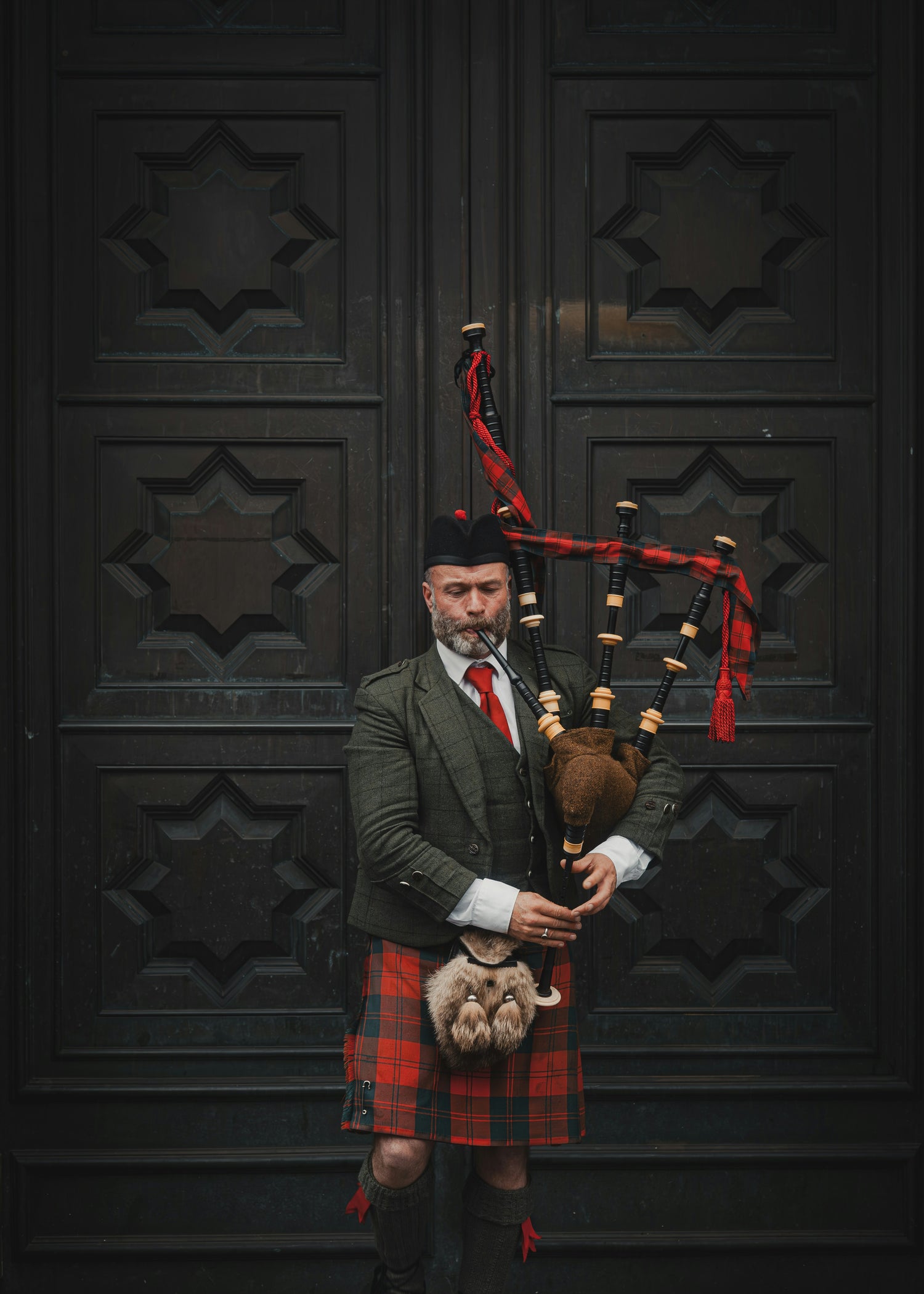
Tartan is far more than a pattern;
It's a textile heartbeat, carrying centuries of tradition in every intersecting line. It's story begins long before it became a national symbol. Archaeological finds suggest that as early as the third century AD, people in what is now Scotland were weaving simple checked fabrics from locally spun wool. These early weavers used natural plant dyes, bark, berries, roots and lichens to create earthy shades of greens, browns, yellows and reds.
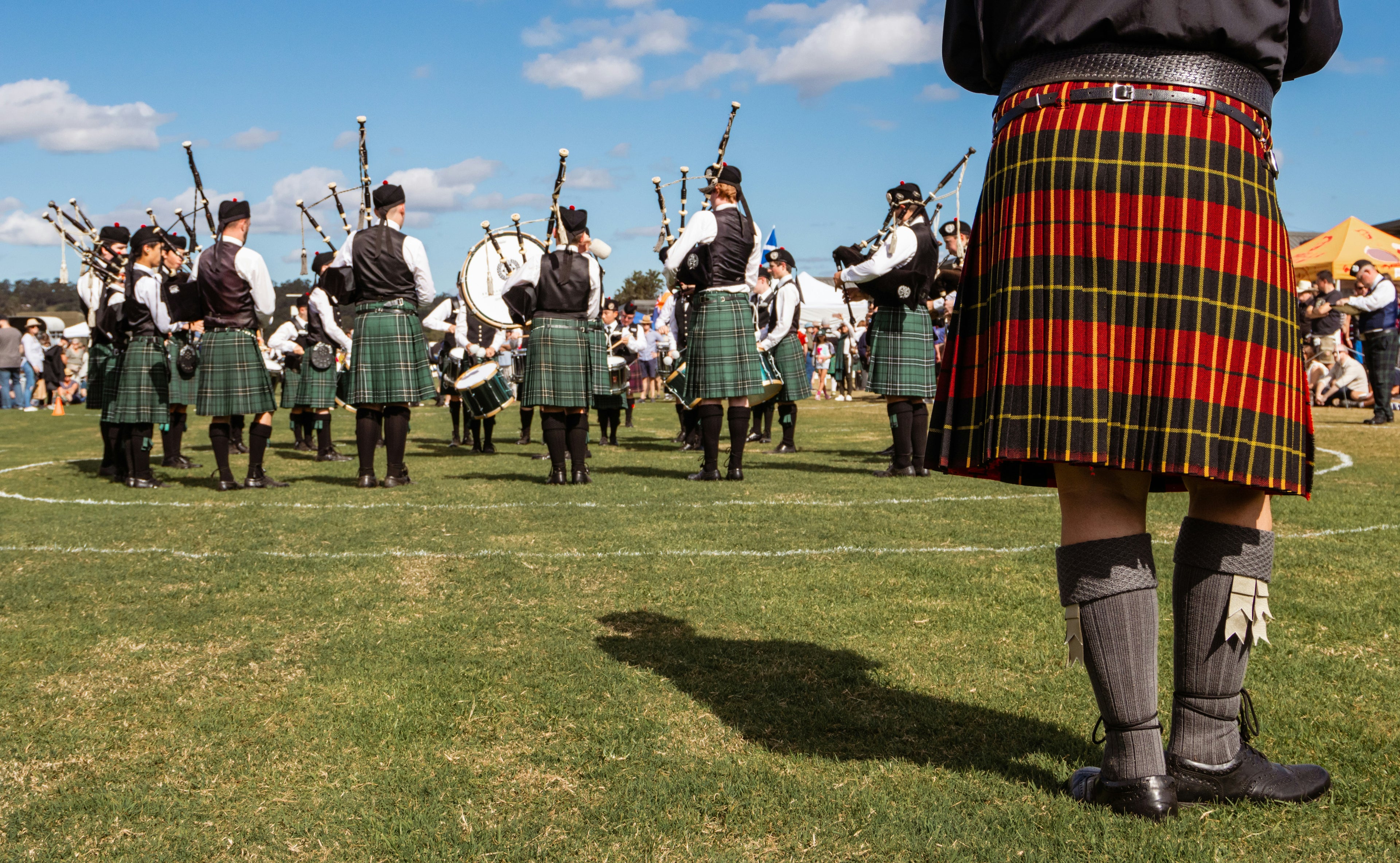
Traditionally, tartan was made from pure wool. Sheep thrived on the rugged Scottish hillsides and their fleece provided a warm, durable fibre ideal for spinning and weaving. Once dyed, the wool was set onto looms where skilled hands worked intricate patterns known as setts - the distinctive crisscross design that defines a tartan.
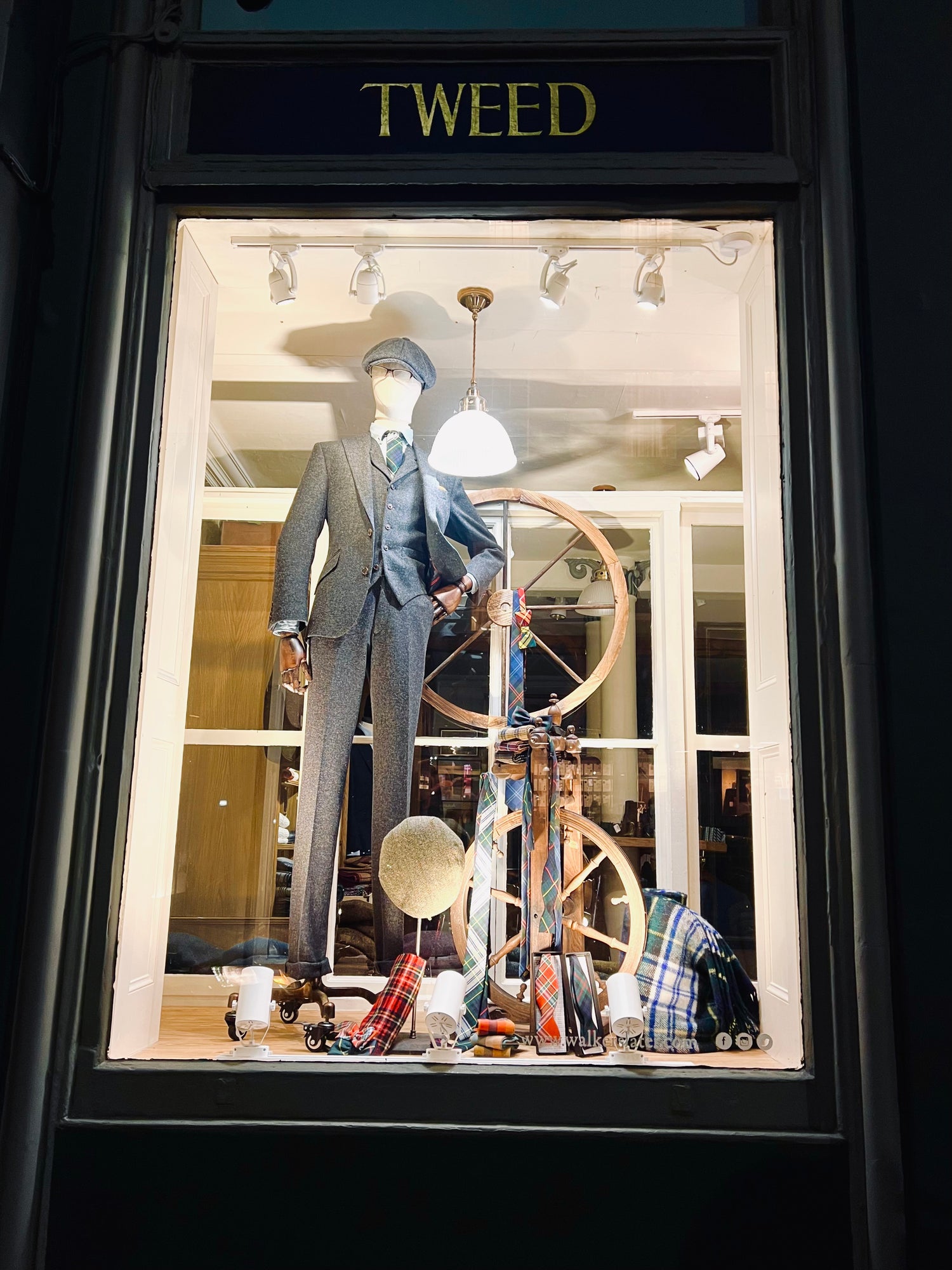
A Fabric of Clan and Culture,
By the 16th and 17th centuries, tartan had evolved from a practical textile into a powerful cultural emblem. The Highlands in particular became known for their tartans, each pattern associated with a specific clan or region. Wearing your clan’s tartan was more than decoration; it was a declaration of belonging, loyalty and pride. A plaid slung over the shoulder or a kilt wrapped around the waist was a visible badge of identity - one that could unite people on the battlefield or at a Highland gathering.
Tartan also carried practical significance. The heavy wool offered protection from Scotland’s unpredictable weather, and the patterns often reflected the natural dyes available in a clan’s local landscape. Over time, tartan became woven into every aspect of Scottish life—from celebrations and weddings to mourning attire and military dress.
Tartan Today: Living Craft and Places to Explore
While tartan carries the weight of centuries, its weaving is far from a lost art. In workshops across Scotland - many still using traditional shuttle looms - craftspeople continue to spin, dye and weave wool into setts, both ancient and newly imagined.

If you’re in Edinburgh and want to step deeper into this woven legacy, there are places to see tartan first hand. The National Museum of Scotland holds historic examples of clan tartans and explores their cultural significance.
Just off the Royal Mile, The Tartan Weaving Mill invites visitors to watch looms in action, see how a kilt is made and even design your own tartan.
Click below to discover more.
Read More Story Telling Textiles
-
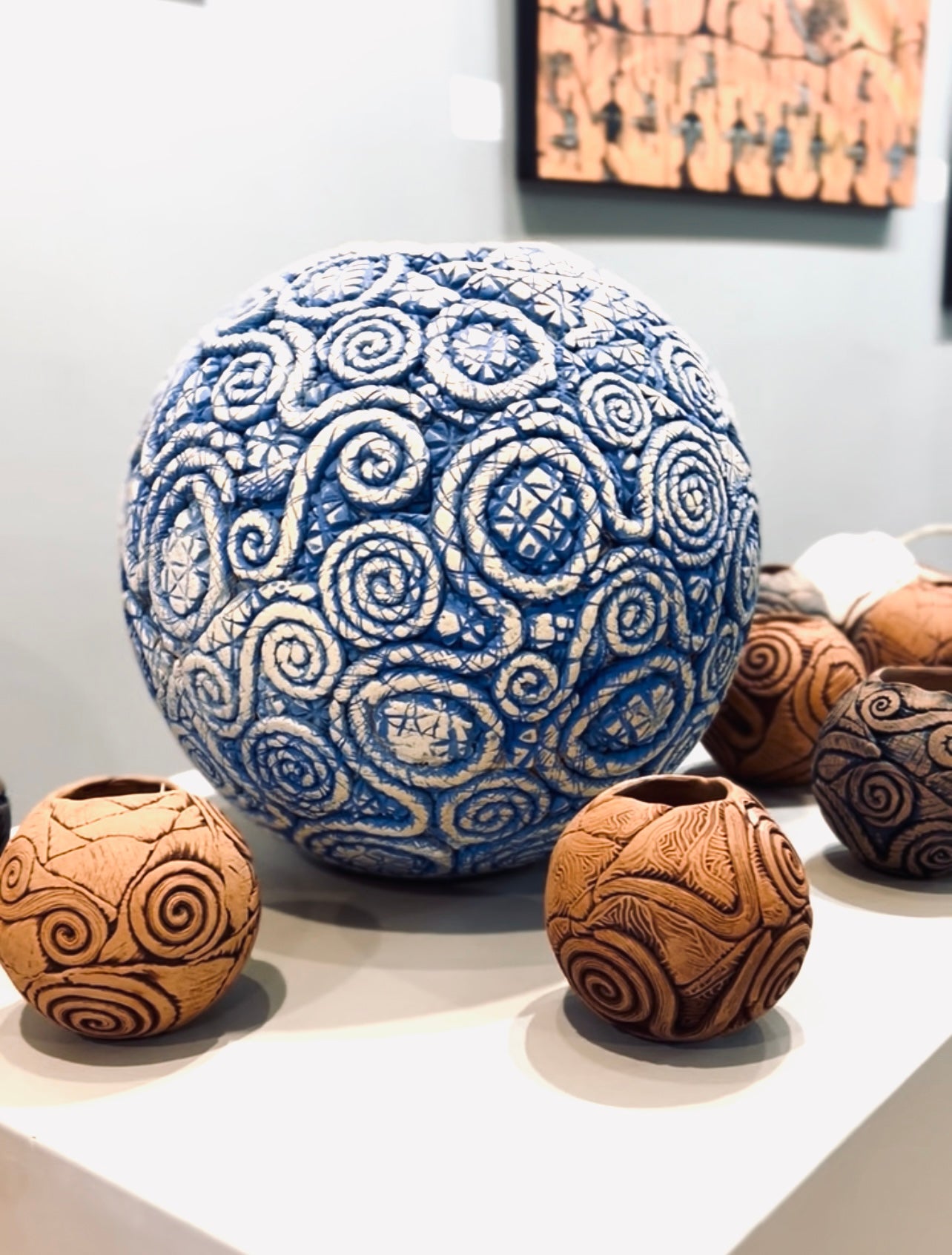
Indigenous Australian Craft
-
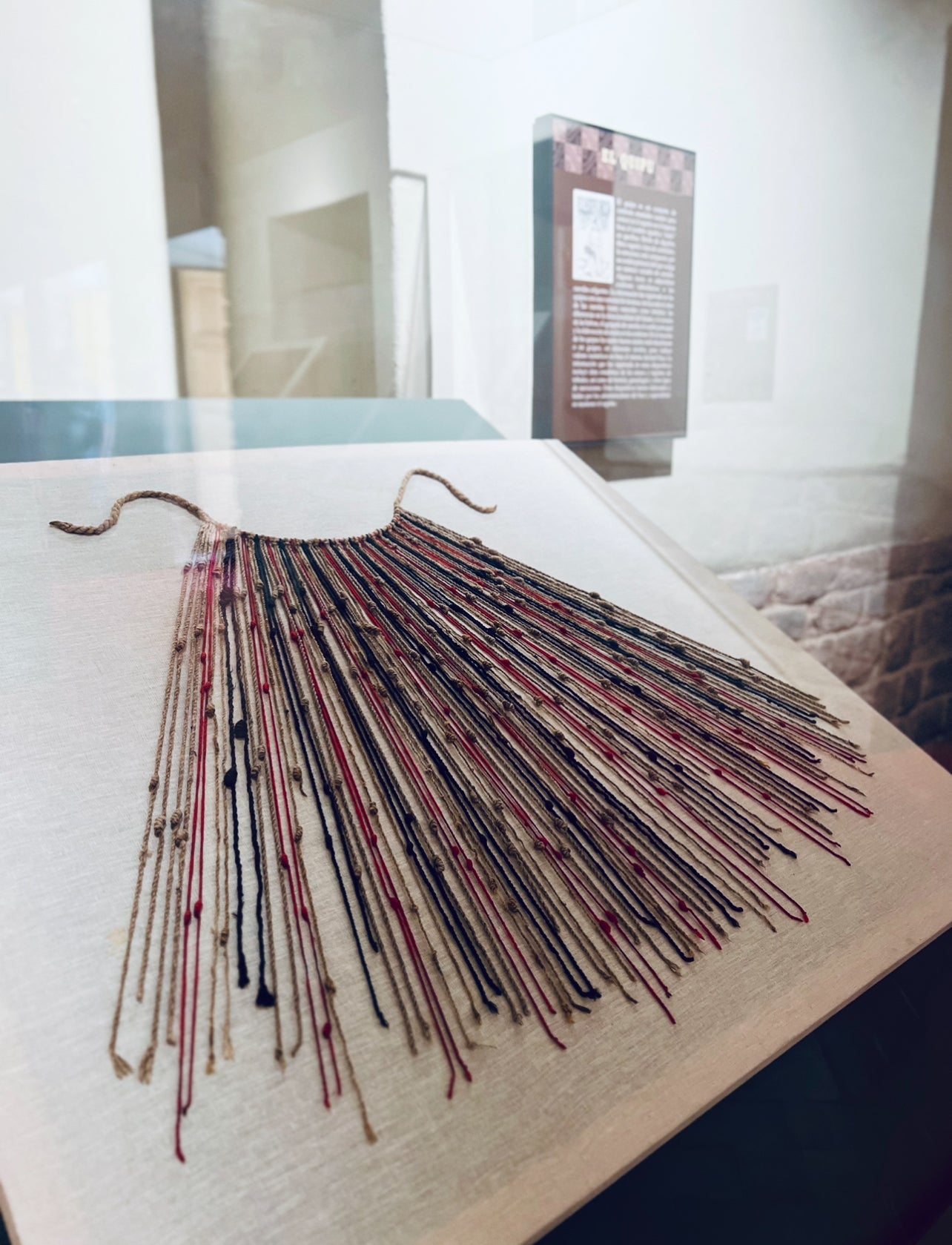
Peruvian Quipo
-
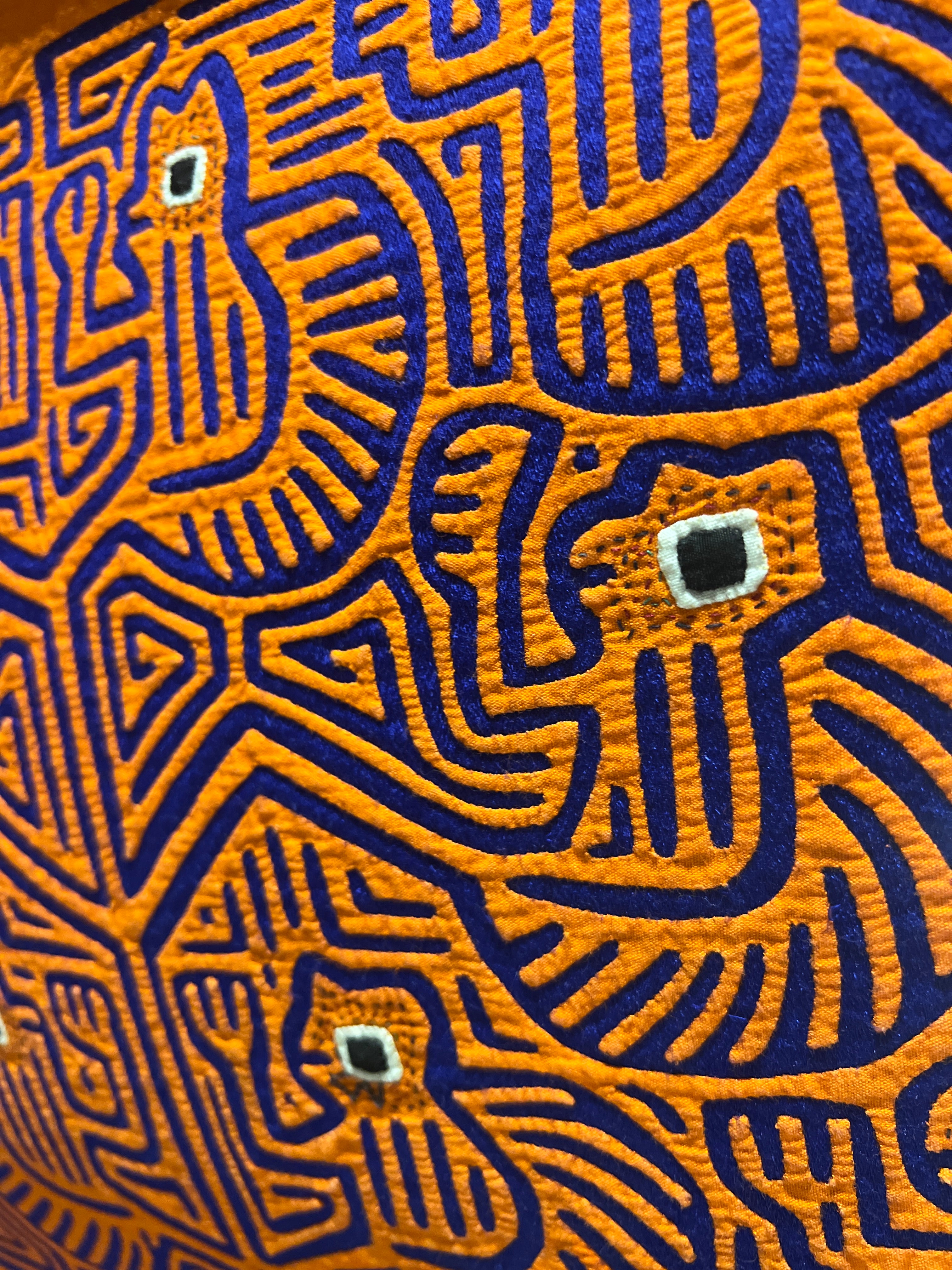
Panama Mola - Applique Techniques

